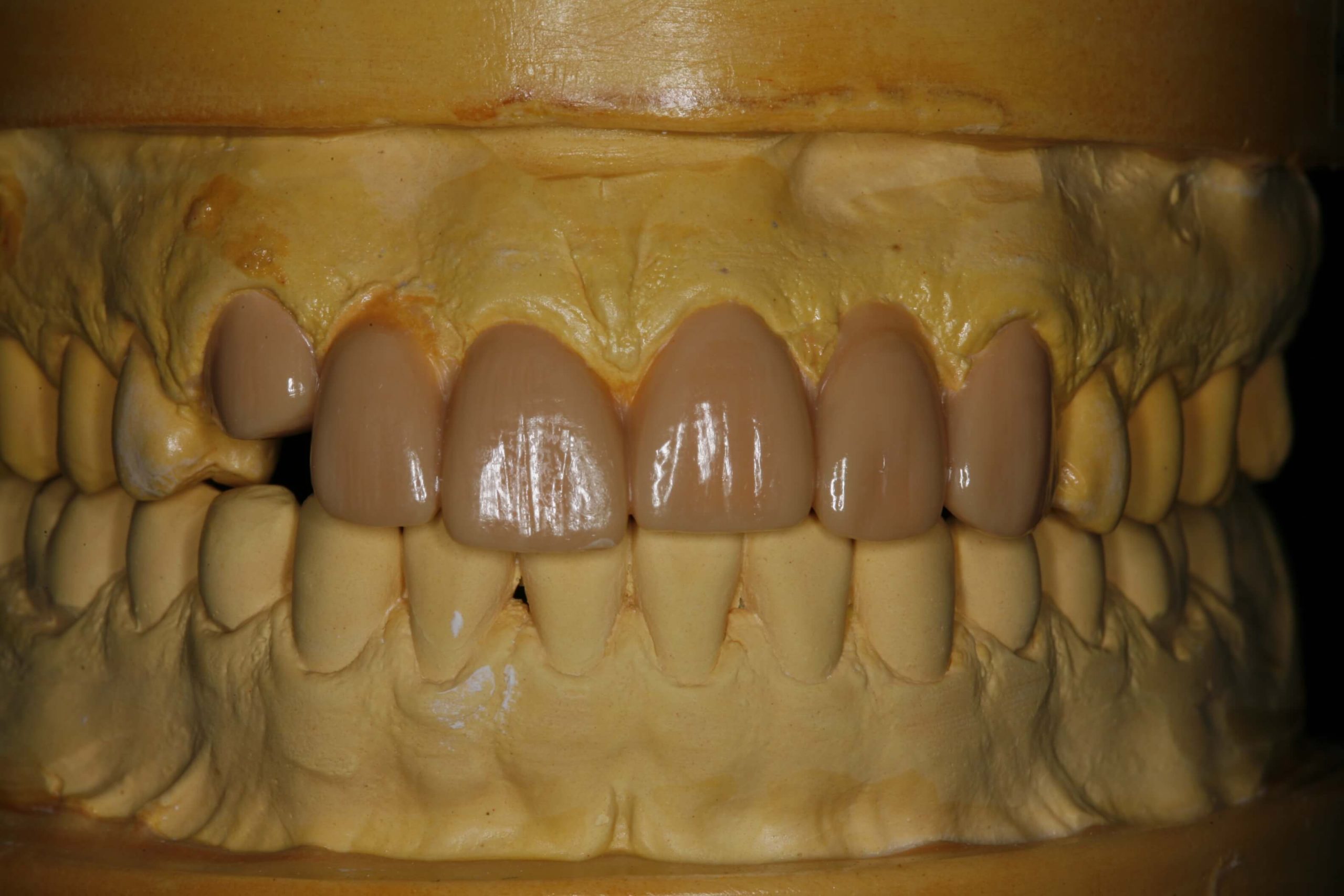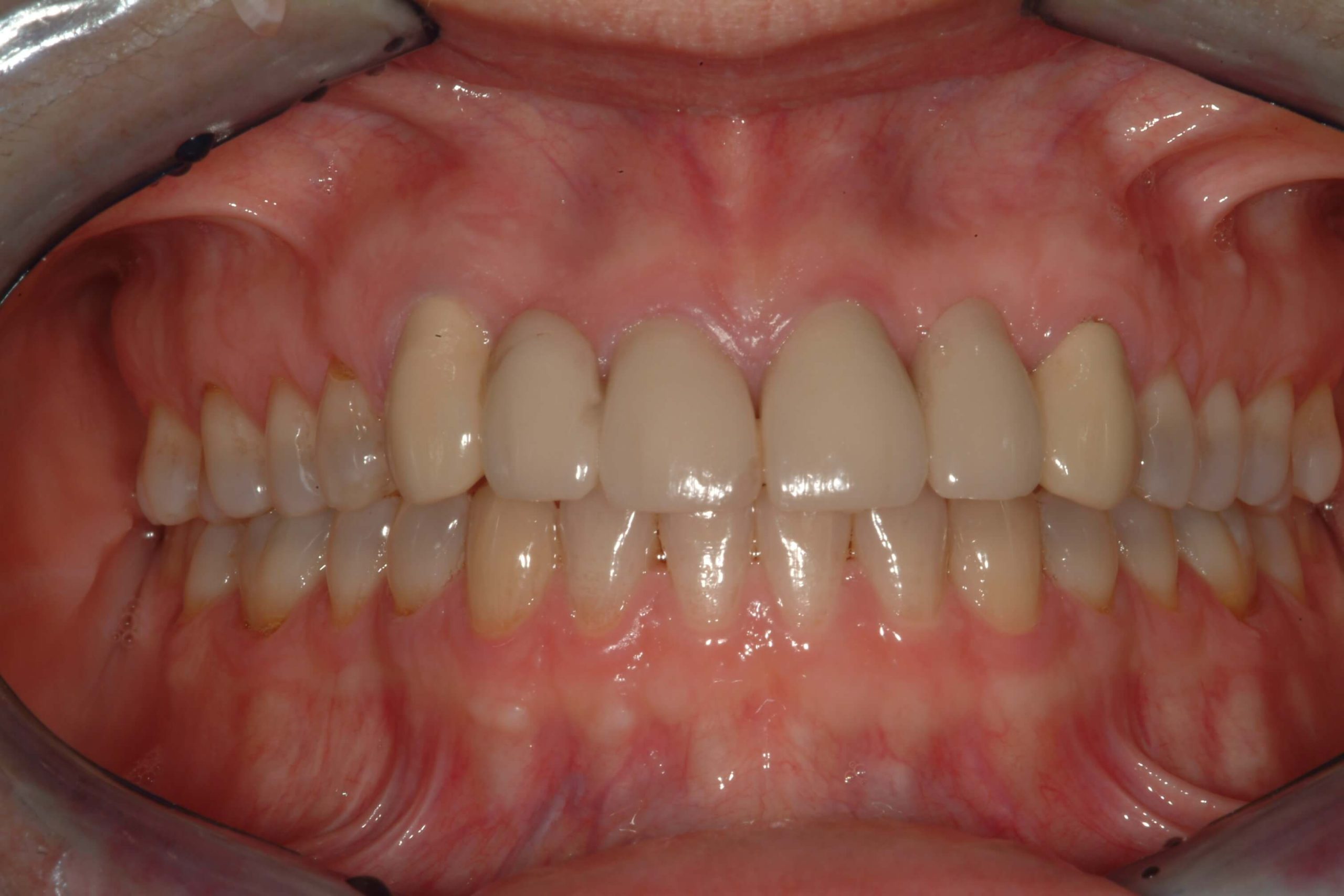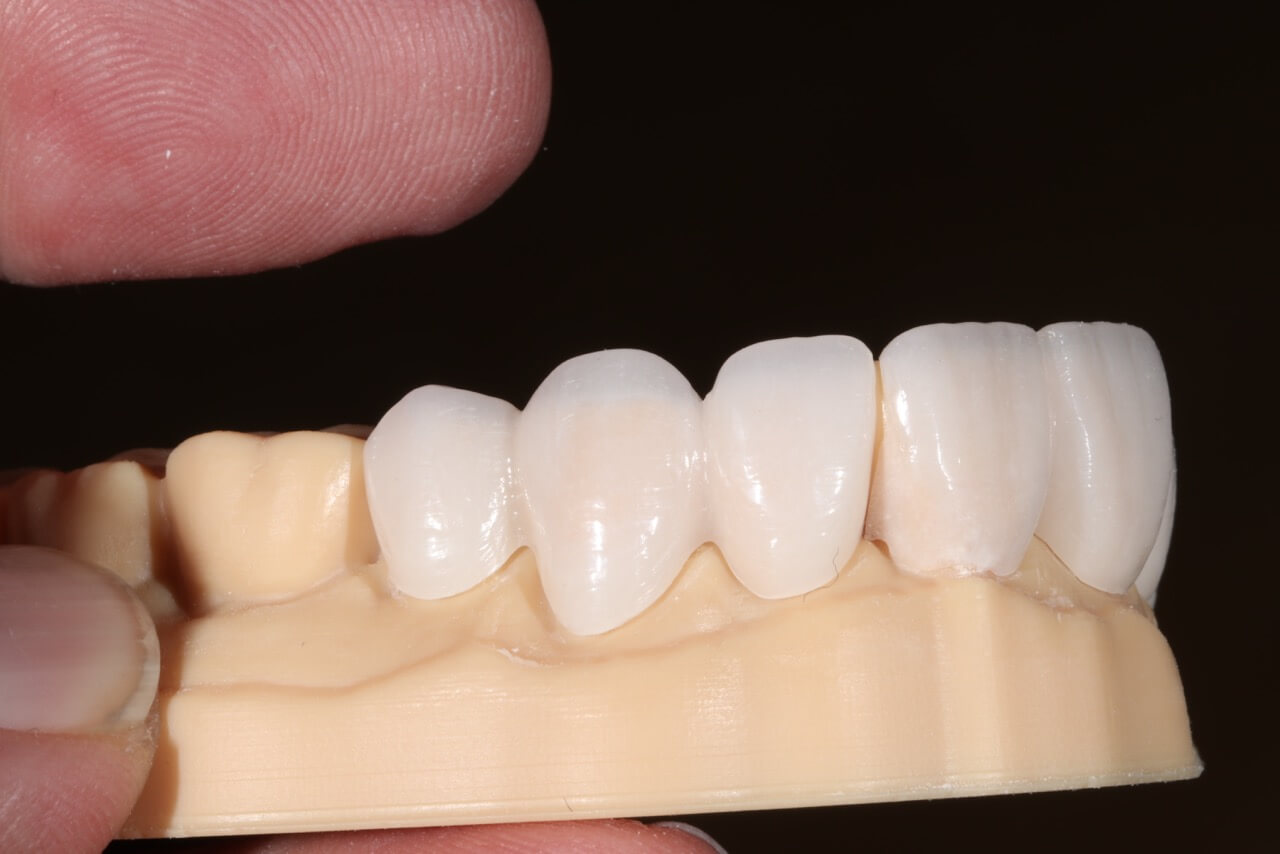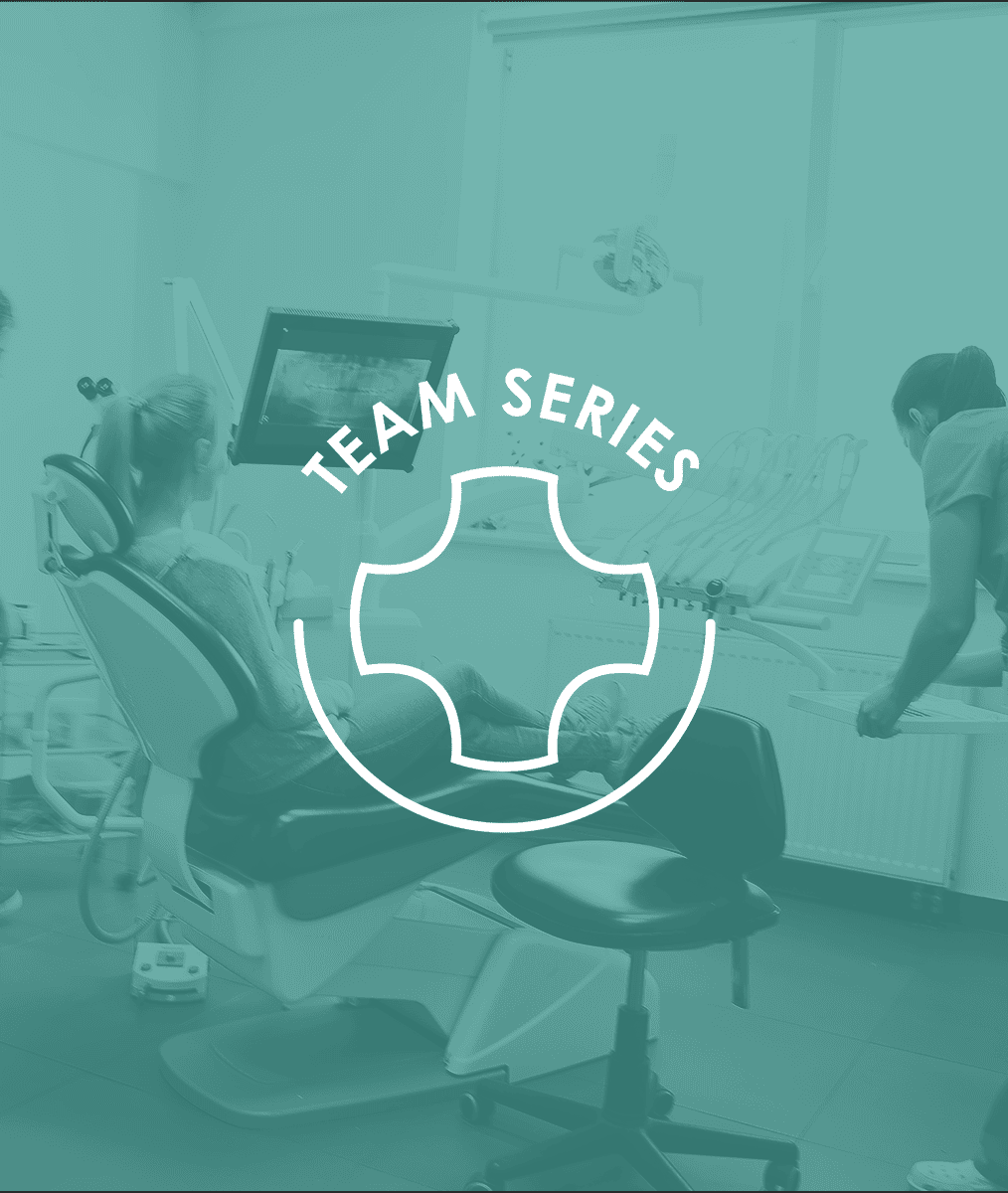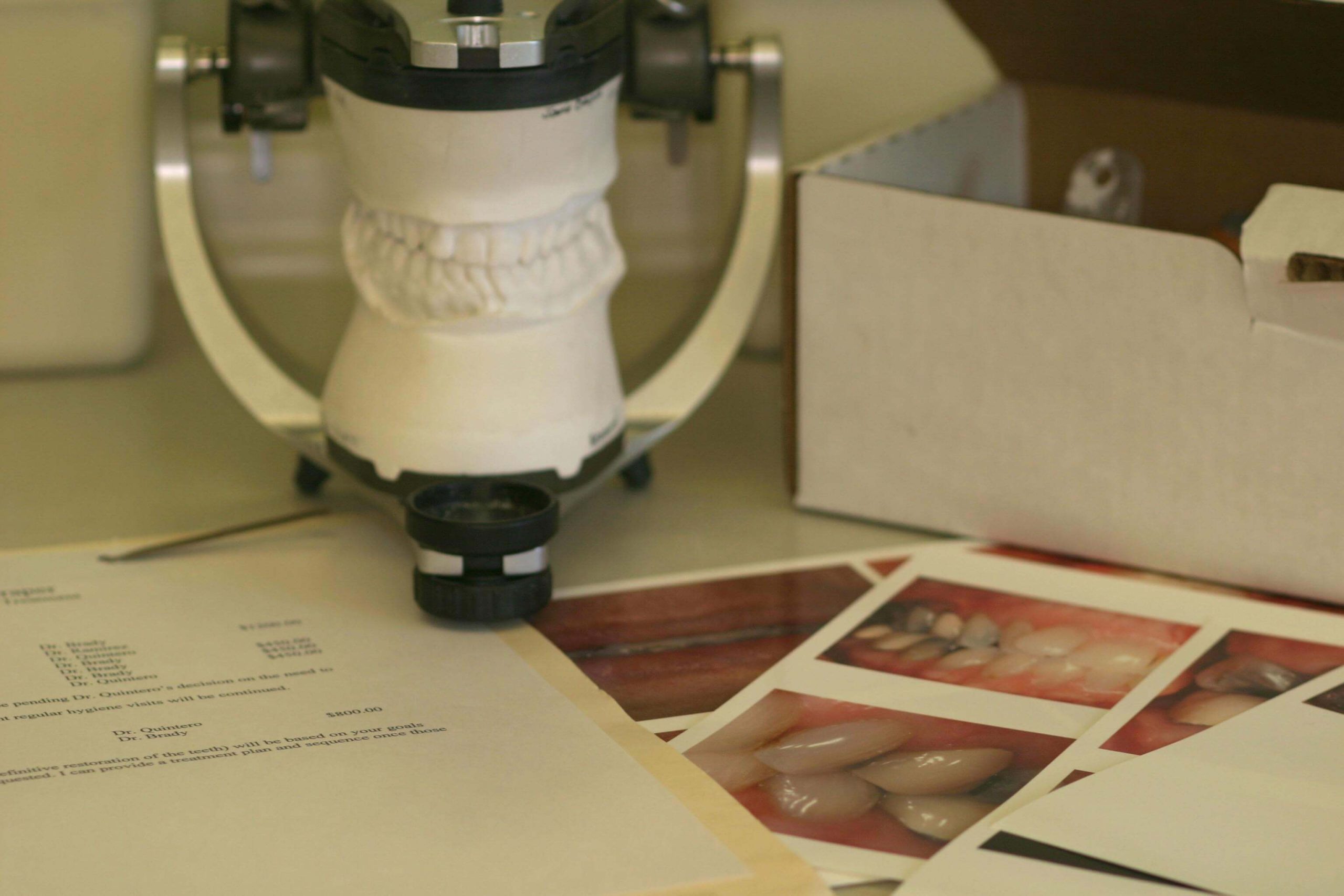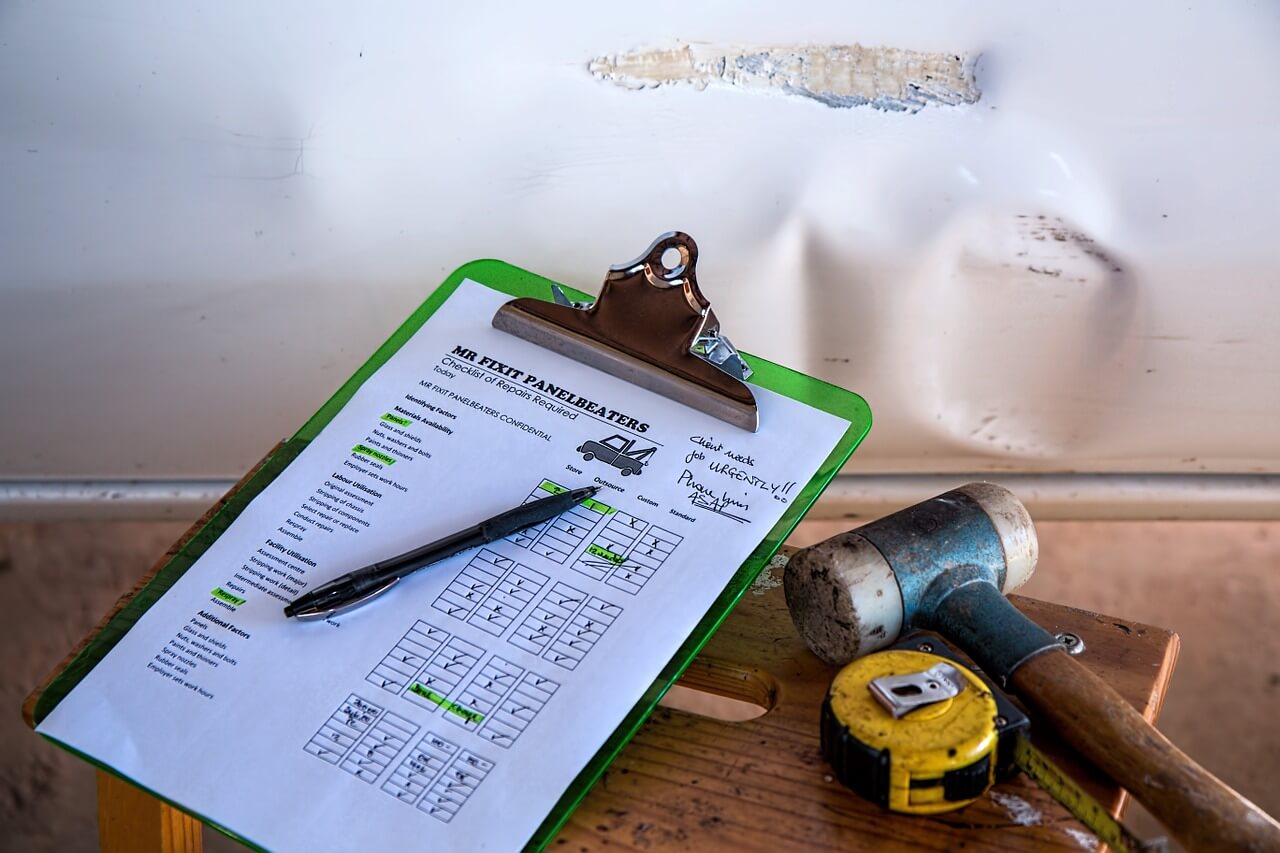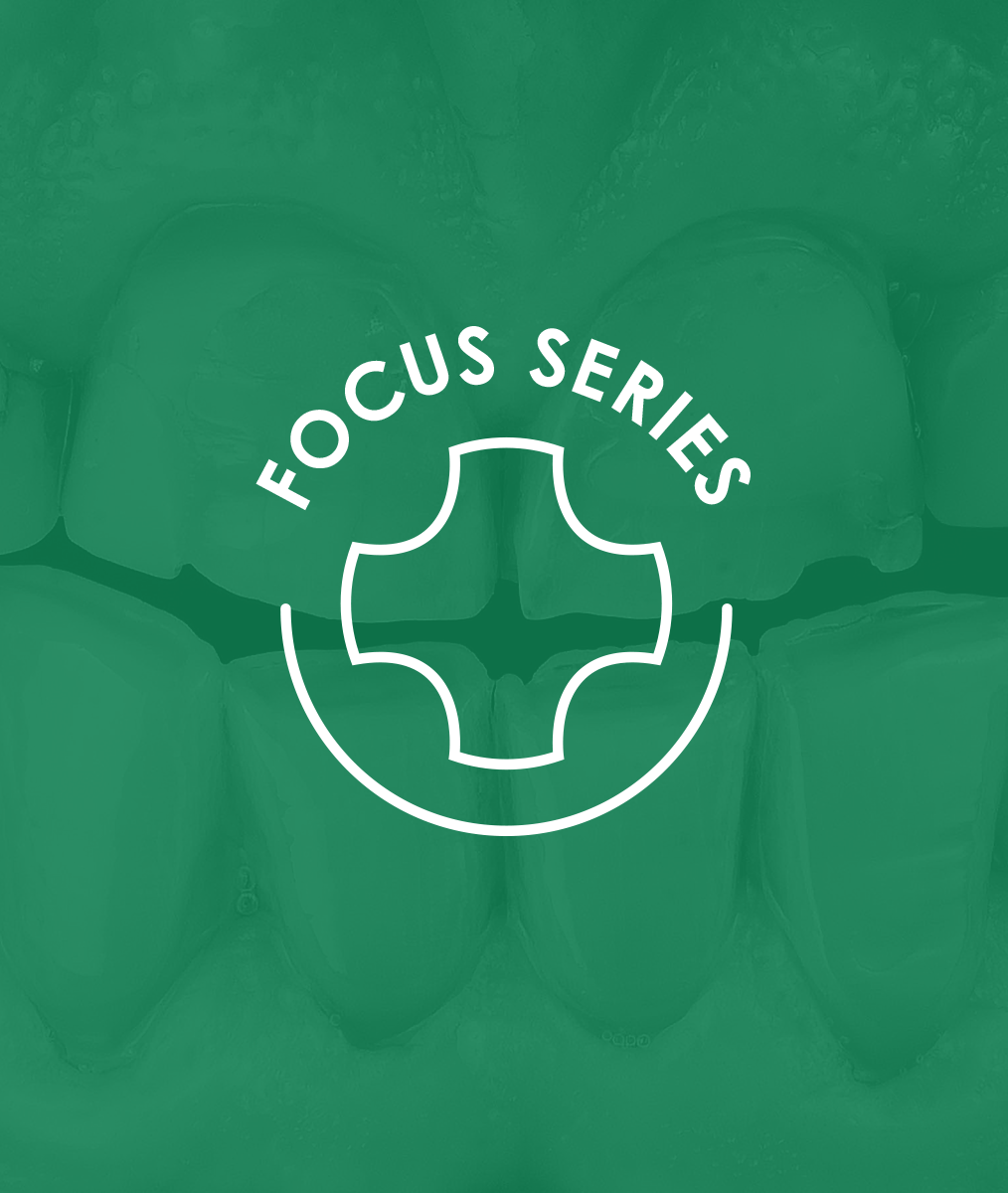Fixing the Failed Restoration: Treatment Planning
Replacing a failed restoration starts with a careful examination of the patient’s needs, desires, and current oral health. My patient in this case presented with a six unit anterior bridge, decay, and many esthetic issues. After an esthetic evaluation and comprehensive exam, it was time to move on to treatment planning.
Failed Restoration: Treatment Plan
To treatment plan this case, I relied on an advanced facially-generated treatment planning system for communicating with the rest of the team. Communication is essential to a reliable outcome.
First, a diagnostic work-up was generated. Then, the interdisciplinary team together developed a final treatment plan and sequence, with the incisal edge position of the upper right central as reference.
We chose orthodontic extrusion of the upper teeth to handle proclination in the anterior and the gingival discrepancy. Additionally, we treatment panned the maxillary right canine for over-extrusion by 2 mm. This was done to achieve adequate restorative ferrule through crown lengthening, not to mention re-treatment endodontic therapy with post and core.
We talked about implant therapy, but ultimately it was not a workable solution. Root proximity on the upper right and the gingival tissues meant it wasn’t ideal as a first option. For the final treatment, we decided on placing a six unit anterior bridge. I then discussed the outcome with the patient and she decided conservative therapy for the posterior esthetics of direct composite veneers was best. This enabled us to create consistent contour and shade.
Next up was the lab, which made a pre-orthodontic wax-up based on periodontal surgery and planned tooth movement. I gave them the proper information by using PowerPoint and digital photography with the proposed tooth positions. After this, the post and core endodontic re-treatment was done for the upper right canine.
To be continued…
What’s your approach to treatment planning?
Related Course
E1: Aesthetic & Functional Treatment Planning
DATE: July 17 2025 @ 8:00 am - July 20 2025 @ 2:30 pmLocation: The Pankey Institute
CE HOURS: 39
Dentist Tuition: $ 6800
Single Occupancy with Ensuite Private Bath (Per Night): $ 345
Transform your experience of practicing dentistry, increase predictability, profitability and fulfillment. The Essentials Series is the Key, and Aesthetic and Functional Treatment Planning is where your journey begins. Following a system of…
Learn More>
